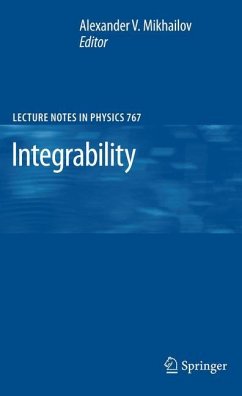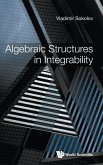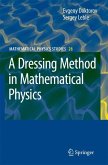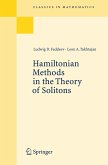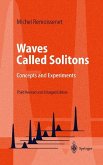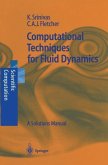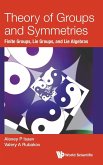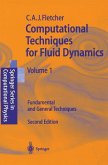The principal aim of the book is to give a comprehensive account of the variety of approaches to such an important and complex concept as Integrability. Dev- oping mathematical models, physicists often raise the following questions: whether the model obtained is integrable or close in some sense to an integrable one and whether it can be studied in depth analytically. In this book we have tried to c- ate a mathematical framework to address these issues, and we give descriptions of methods and review results. In the Introduction we give a historical account of the birth and development of the theory of integrable equations, focusing on the main issue of the book - the concept of integrability itself. A universal de nition of Integrability is proving to be elusive despite more than 40 years of its development. Often such notions as "- act solvability" or "regular behaviour" of solutions are associated with integrable systems. Unfortunately these notions do not lead to any rigorous mathematical d- inition. A constructive approach could be based upon the study of hidden and rich algebraic or analytic structures associated with integrable equations. The requi- ment of existence of elements of these structures could, in principle, be taken as a de nition for integrability. It is astonishing that the nal result is not sensitive to the choice of the structure taken; eventually we arrive at the same pattern of eq- tions.
Bitte wählen Sie Ihr Anliegen aus.
Rechnungen
Retourenschein anfordern
Bestellstatus
Storno

